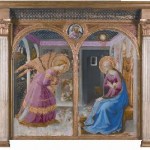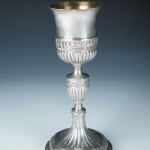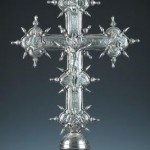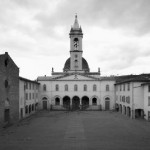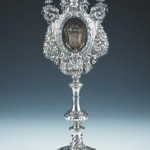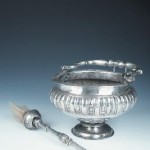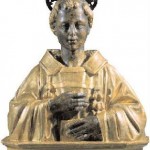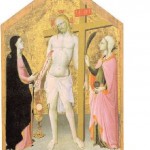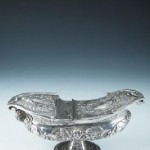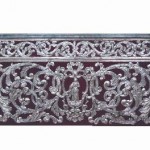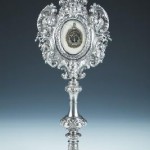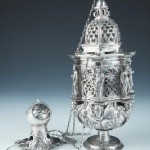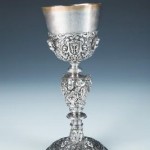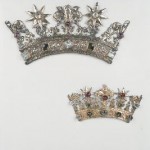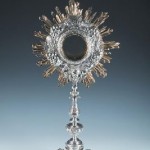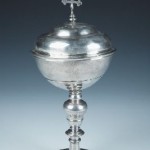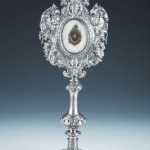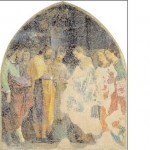The recently re-furbished museum is housed in a building that adjoins the complex of Santa Maria delle Grazie. Many of the works preserved in the museum come from the Church of San Lorenzo. The core of the museum had already been created in the basilica’s sacristy beginning in 1864, thanks to the generous work of Vincenzo Mannozzi Torini, a representative of one of San Giovanni’s most illustrious families.
The controversial events of the post-Unification suppression of religious congregations are behind this museum’s origin, as is the case for many other Italian museums. Often, those events brought about, together with the alienation of religious buildings and furnishings, the loss of a true devotional, artistic and historical heritage.
In the case of San Giovanni Valdarno, Mannozzi Torini’s far-sightedness was followed by the then Florentine Superintendency’s zealous action. During the 1950’s, the works were placed in the building adjacent to the Oratory, which had been restored for that express purpose. Luciano Berti catalogued and added to the collections.
Subsequently other works of art entered the museum’s collections, including Fra Angelico’s Annunciation, which came from the church of the Franciscan convent of Montecarlo, located not far from San Giovanni. Recent renovation works were begun in 2000 and finished in 2005, which enlarged the exhibition areas – with the addition of three new halls – and brought the rooms into conformity with the new safety standards.
The museum houses paintings from the 14th to the 17th centuries, as well as liturgical silver works, vestments and hangings, and other objects of great importance to San Giovanni and its district.


